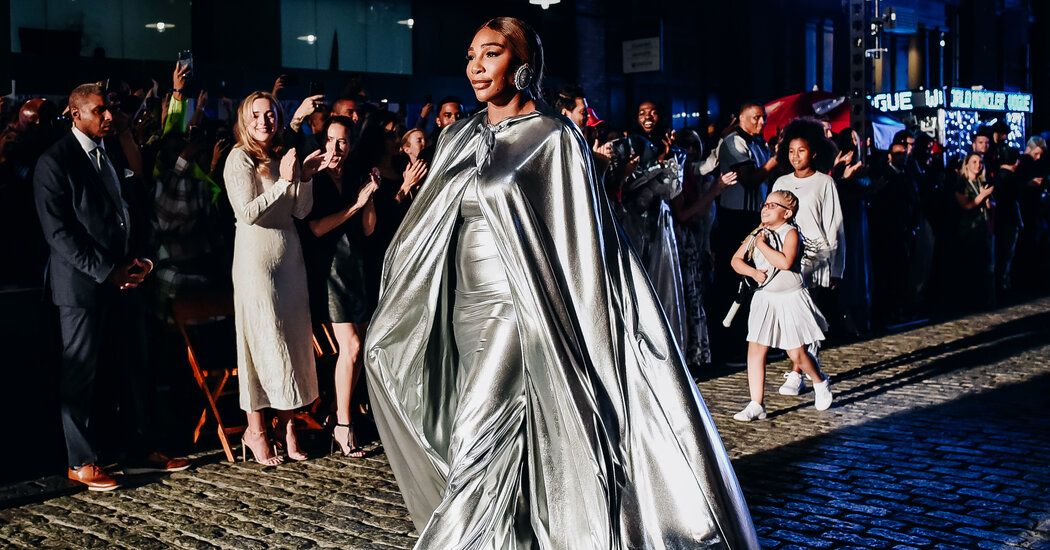
In Mr. Grede’s words: “It comes down to the intersection of commerce and entertainment. They have converged.”
The Language of Influence
Mr. Villaseñor said his deal with the Coyotes will allow him to get his hands on everything from, potentially, “the campaigns to the color palette of the arena, the drinks, the lighting, the logo and the design, including outside the stereotypical merch program to dressing the team on both a street and formality level.” It’s like an in-house makeover program!
And not unlike what he is trying to do in reinventing Bally, where he added some louche razzle-dazzle to the Alpine ephemera. “If you really dissect it, it’s about honoring the heritage and amplifying it,” Mr. Villaseñor said.
That’s the sort of fashionspeak traditionally found in design ateliers, not weight rooms. But, said Scott Malkin, an owner of the New York Islanders, it’s not the only connection. Mr. Malkin is also the founder of Value Retail, a group of luxury outlet malls in Europe and Asia, and this year he broke ground on a new shopping village next to the recently opened UBS hockey arena in Belmont Park.
Sports and fashion are both, he said, “about creative energy married to execution,” about managing talent that often doesn’t easily fit into a rigid structure and that has to evolve as society does. They both deal with a relentless schedule and can have enormous psychic impact and reach, he said, and both love to talk about the “curation of experience.”
And they are both about branding, at the macro and micro level.
What is a brand, after all, except a collection of values encompassed by a name or a logo or an object? It’s a symbol that represents, say, heritage, know-how, beauty. Or excellence, aspiration, power, grace and activism — all the adjectives that attach to athletes. And sometimes handbags. Or sneakers.